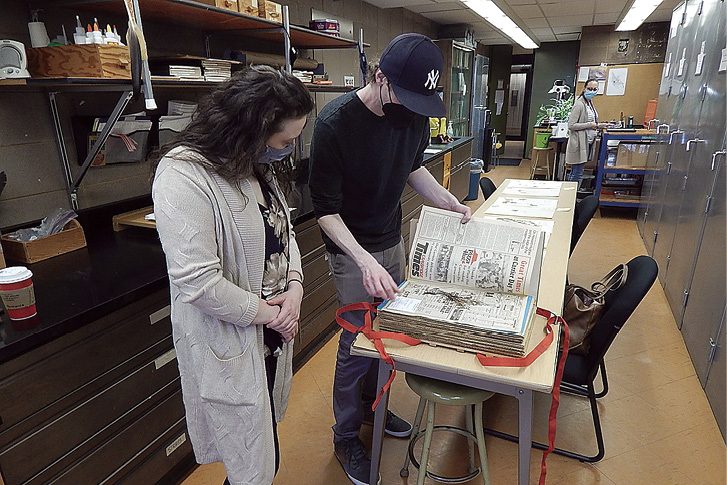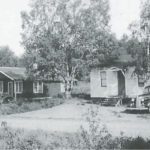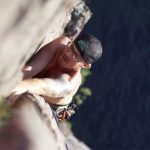THUNDER BAY—On the third floor of Lakehead University’s Centennial Building is a time machine. Not as H.G. Wells and other fantasy authors have visualized such a thing, but rather a quiet room filled with rows of gray cabinets and sundry equipment. On a blackboard on one of the walls, a chalked sign tellingly reads: Sleep, Eat, Botanize, Repeat. Welcome to the Claude E. Garton Herbarium.
Why is the Herbarium a time machine?
Inside the bland cabinets is file folder upon file folder of preserved plant specimens from as far back as the 19th century. Kept in the carefully-controlled environment, these specimens can last hundreds of years past the collection date and botanical researchers in our present day, and even those who aren’t even born yet, might avail themselves of this trove of information.
“We have over 115,000 plant specimens here,” says assistant curator Myles Cummins. “Thirty-thousand are from our area and the rest from all over the world.”
The Herbarium is in a collegial relationship with similar agencies in Australia, Finland and many other places in large part due to the tireless collecting and networking of the late Claude E. Garton.
“He started collecting and preserving plants here in the early 1930s after he started teaching in Port Arthur in 1928,” explains acting curator Kristi Dysievick. “By the time he retired from teaching, he had over 10,000 specimens, so he donated them as the nucleus for the university’s herbarium. He was the first curator and contacted other herbariums around the world for some of their specimens.”
The passionate renaissance man Garton lives on not only in the Herbarium’s name, but in many of the careful “vouchers,” as the mounts with preserved plants are known. A voucher consists of a stiff, acid-free cotton rag or alpha cellulose, some 27.9 by 43.2 cm (11 by 17 inches) in size, on which a dried plant specimen is carefully mounted. The plant’s Latin name, common name, date/location and collector’s name are recorded in the bottom right corner of the voucher. The vouchers are organized by plant family in the file folders, of which thousands are stored in the gray cabinets. Garton’s records are so thorough that it’s possible to return to almost the exact original location of any of his collected plants.
“Anyone who wishes can go back to the same location at a different time and see what changes have occurred in the flora there,” explains Dysievick. “We can then maybe track how plants react to changes in the climate, weather and human activity over the years.”
One such plant is the Carolina springbeauty (Claytonia caroliniana), which has been collected in the same location from 1937 to 1991—the voucher records show a noticeable lag time in the plant’s flowering over the years, possibly due to climate change.
“All of these are important because botanists are able to get a snapshot of how a given plant species behaved in certain conditions years ago,” Dysievick adds. “The collection is arranged by plant family, from the earliest evolutionary development of plants, like conifers and cattails, to the most recently evolved, like dandelions. This makes it easier to find what you are looking for.”
The Herbarium acts as a repository for collectors of plant specimens, many of whom locally are amateurs as members of the Thunder Bay Field Naturalists club. Collectors also take soil samples with the plants to track changes in the soils. Dysievick notes the Herbarium has previously provided researchers with viable material (e.g. DNA extracted from seeds, soil samples) from samples taken 90 years ago for study.
In addition to the vascular plants, which comprise the familiar flowers, ferns and trees, the Herbarium boasts a sizable moss (bryophyte) collection as well as a collection of lichens and another of algae. An army of volunteers is helping the Herbarium staff digitize the entire collection, an accomplishment which will take some five years to complete. With digitization, it will no longer be necessary to send a voucher to another institution for analysis—a digital image will suffice.
The Herbarium provides resources for five to six courses per year. Also, it is heavily involved in education, hosting student groups for tours and tutorials in conjunction with the local school boards and EcoSuperior environmental organization. All of the Herbarium’s activities and resources have an importance well beyond the facility itself.
Lakehead’s time machine serves not only as a preservation and research facility, but a tool in diagnosing and perhaps mitigating the effects of climate change in the northwest of Lake Superior country.






